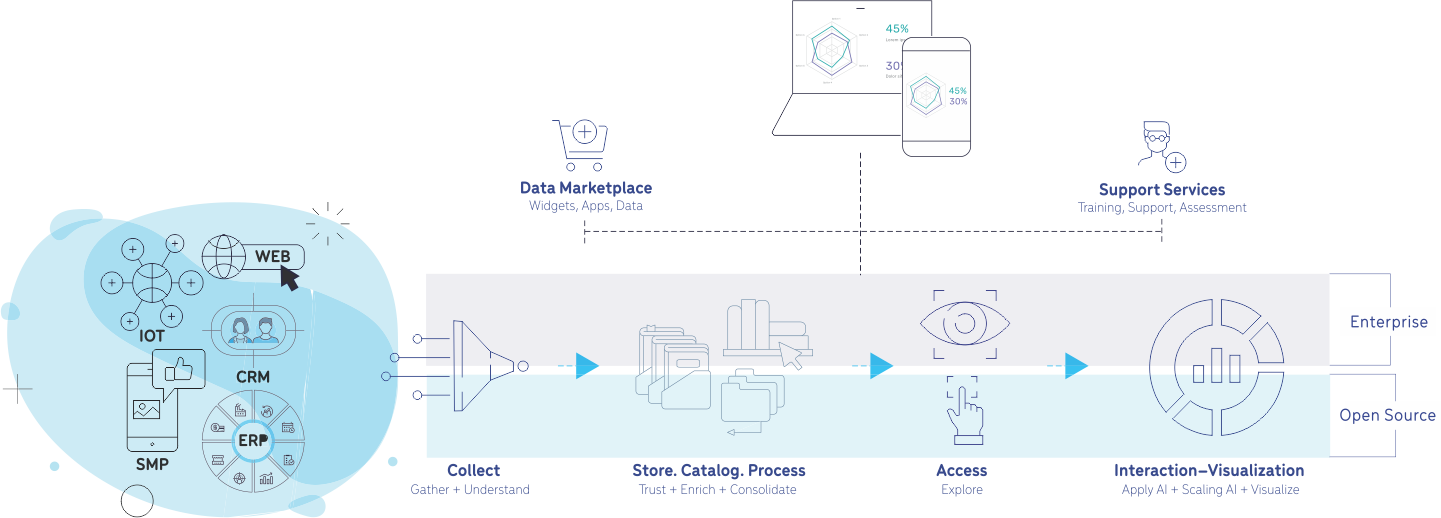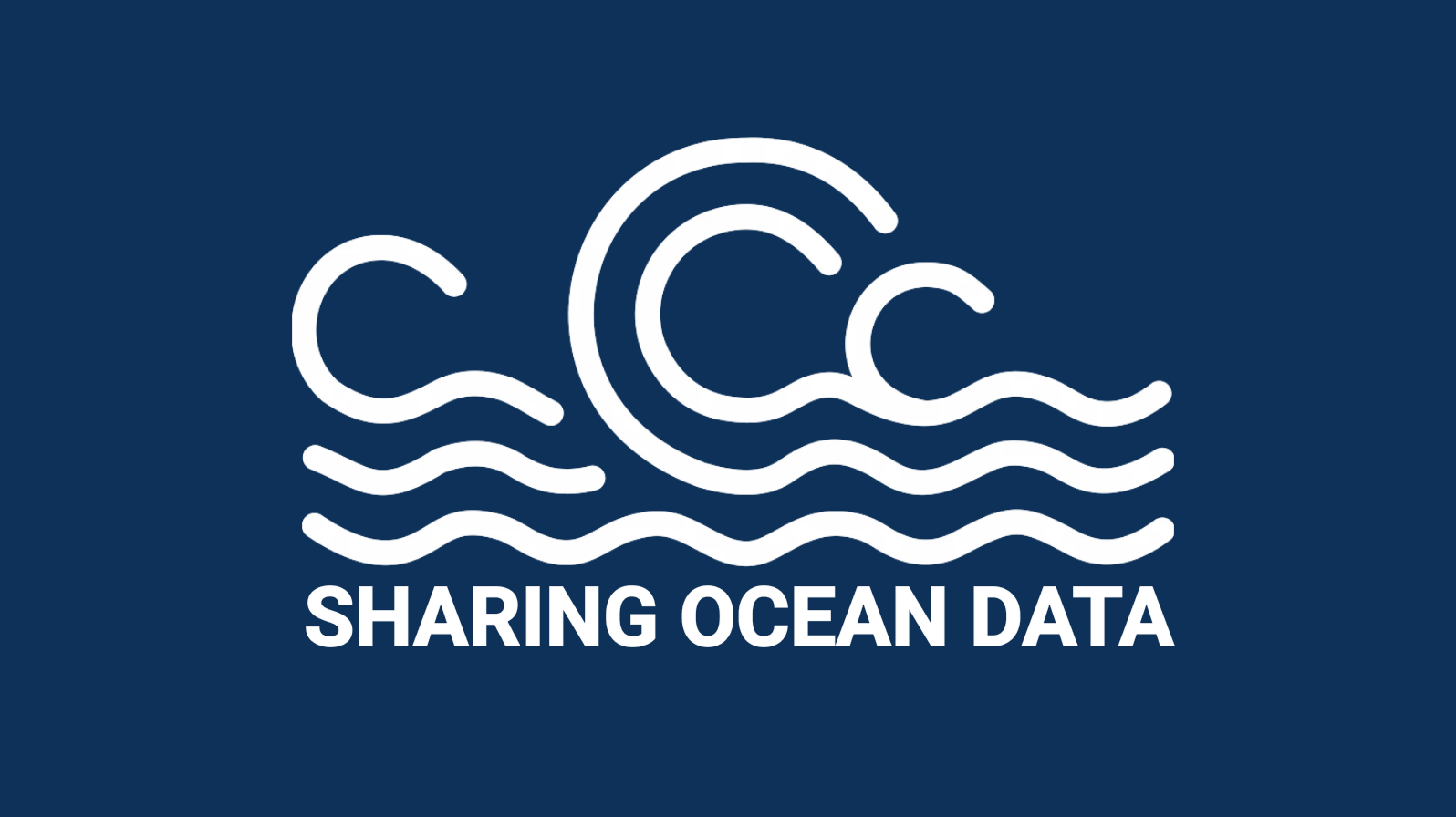Services
Data platform
The Dadosfera platform serves as the central hub for storing, processing, and managing the ocean data. Key components of the data platform include:
- Data storage: A scalable and flexible storage solution that can handle large volumes of diverse data types, including met ocean data, biodiversity data, and seawater parameters. Cloud-based storage solutions are often used to ensure scalability and accessibility.
- Data processing: Tools and frameworks for processing and transforming raw data into usable formats. This includes data cleaning, normalization, and enrichment processes.
- Data security: Robust security measures to protect data from unauthorized access and breaches. This includes encryption, access controls, and regular security audits to ensure compliance with industry standards and regulations.
- Data governance: Policies and procedures to ensure data quality, consistency, and integrity. This includes defining data ownership, access rights, and data stewardship roles to maintain high standards of data management.
- APIs and interfaces: Providing APIs and user-friendly interfaces for stakeholders to access and interact with the data, this includes web portals, mobile applications, and integration with other systems and tools.

Data analytics
Data analytics involves processing and analysing the ingested data to extract meaningful insights and support decision-making. Key activities include:
- Descriptive analytics: Summarizing historical data to understand trends and patterns. This helps in identifying anomalies, seasonal variations, and long-term changes in ocean conditions.
- Predictive analytics: Using statistical models and machine learning algorithms to forecast future events and conditions. This can include predicting weather patterns, ocean currents, and potential environmental risks.
- Prescriptive analytics: Providing recommendations based on the analysis to optimize operations and decision-making. For example, suggesting optimal drilling schedules or navigation routes based on current and predicted ocean conditions.
- Data visualization: Creating interactive dashboards and visualizations to present the analysed data in an easily understandable format. This helps stakeholders quickly grasp insights and make informed decisions.
Data connection
Data connection involves establishing secure and reliable links between various data sources and the central data platform. This process includes:
- Data integration: Aggregating data from multiple sources such as offshore installations, research institutions, and environmental monitoring systems. This ensures a comprehensive dataset that covers various aspects of ocean data.
- APIs and data pipelines: Utilizing Application Programming Interfaces (APIs) and data pipelines to automate the flow of data from source systems to the data platform. This enables real-time data ingestion and ensures that the data is up-to-date.
- Data quality and validation: Implementing data quality checks and validation processes to ensure the accuracy, consistency, and reliability of the data being ingested. This includes removing duplicates, correcting errors, and standardizing data formats.


